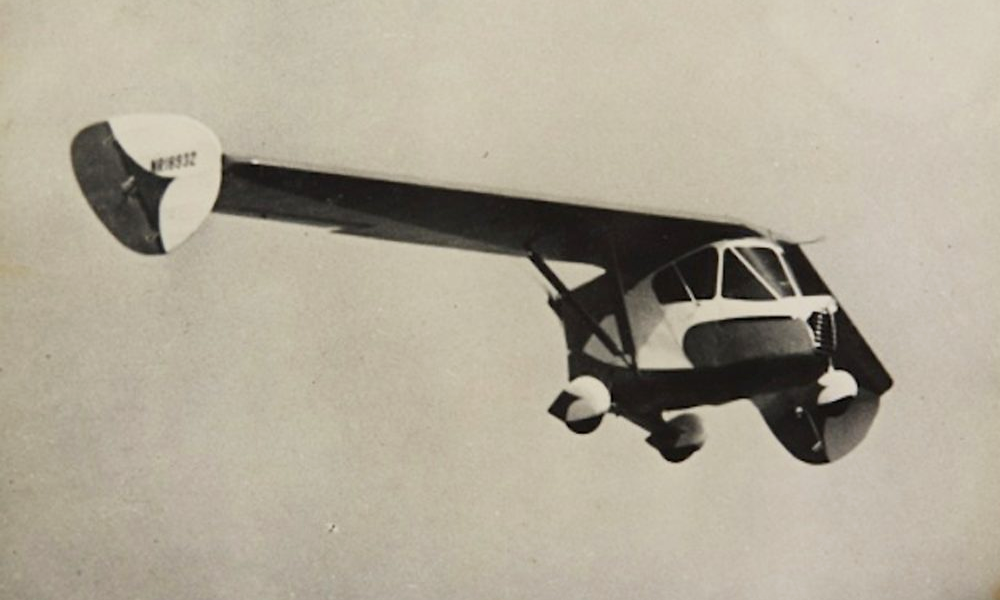
Did you know ? The first flying car is almost 100 years old

Who's Waldo. Despite his fountain pen name, Waldo Waterman (1894 - 1976) is one of those heroes that the mad History of Mobility forgot to write in capital letters. Inventor from San Diego, California, and pioneer of aeronautics, Waldo Waterman has the weapon of having developed… the first flying car.
Like an airplane without wings. A precocious talent, Waterman made his first airplane, a delta biplane, while he was still in high school. A mechanical engineering student at the University of California, he later became chief engineer of the US Aircraft Corporation and then multiplied his attempts and prototypes for several years.
In 1935, Waterman responded to a competition launched by the Government with a crazy project: the Arrowbile . This two-seater flying car was, in concrete terms, a tailless aircraft, whose wings and propeller could be detached quickly to roll on the road. Under the hood was a Menasco B-4 Pirate 95-horsepower inverted in-line 4-cylinder engine. In the end, although prodigious, the Arrowbile will only be built in five units, of which only three will attempt a flight.

Badly born. " Why didn't it work?" You will ask us. For the simple reason that the Arrowbile was born at the wrong time and collided with the economic reality of the Great Depression . In the 1930s, no market could be established to market the machine and too few customers showed interest in a flying car at the time. Fallen into oblivion, Waterman will still be inducted into the International Air & Space Hall of Fame in 1968, unwittingly foreshadowing an aerial revolution now underway.
